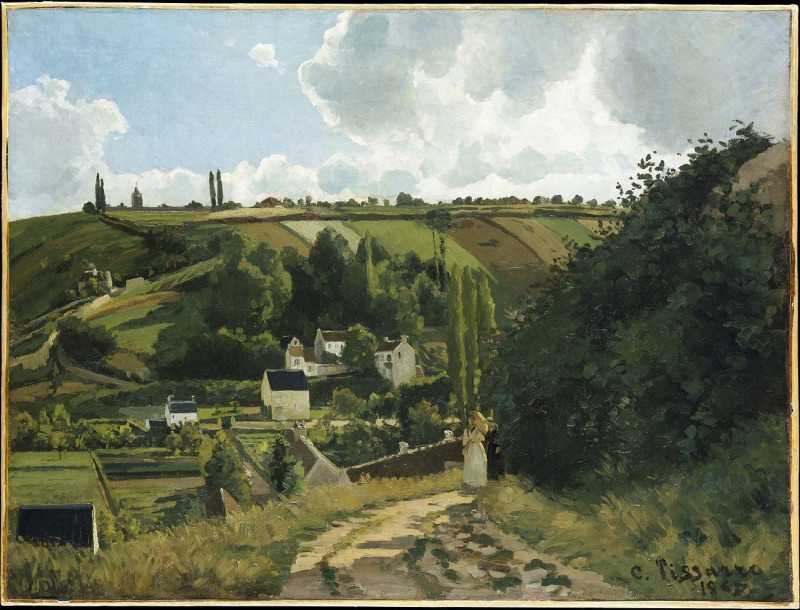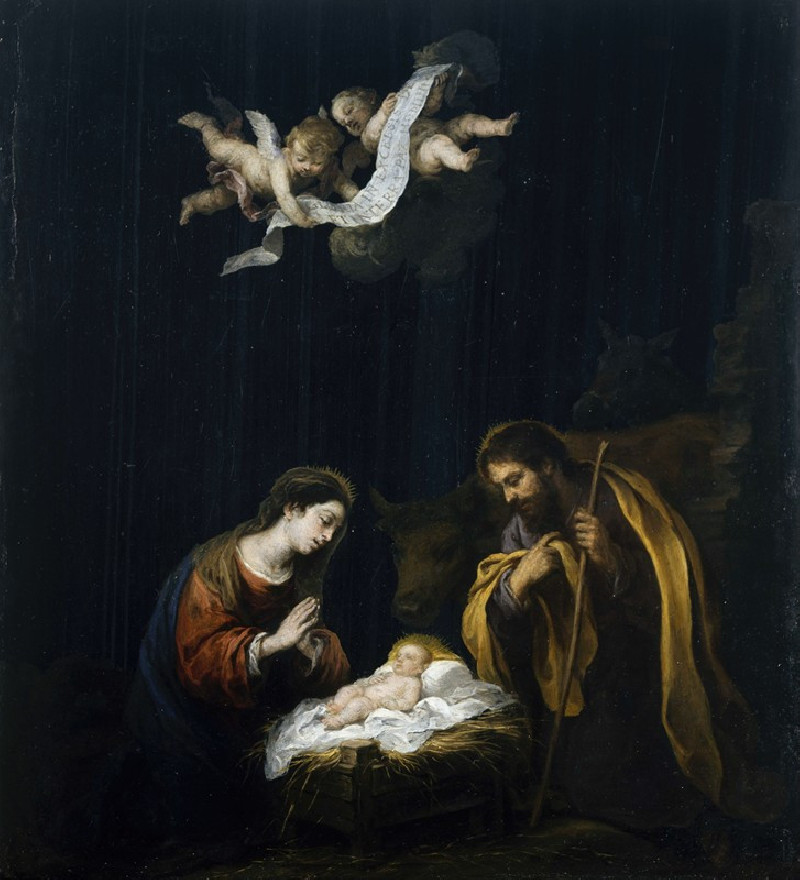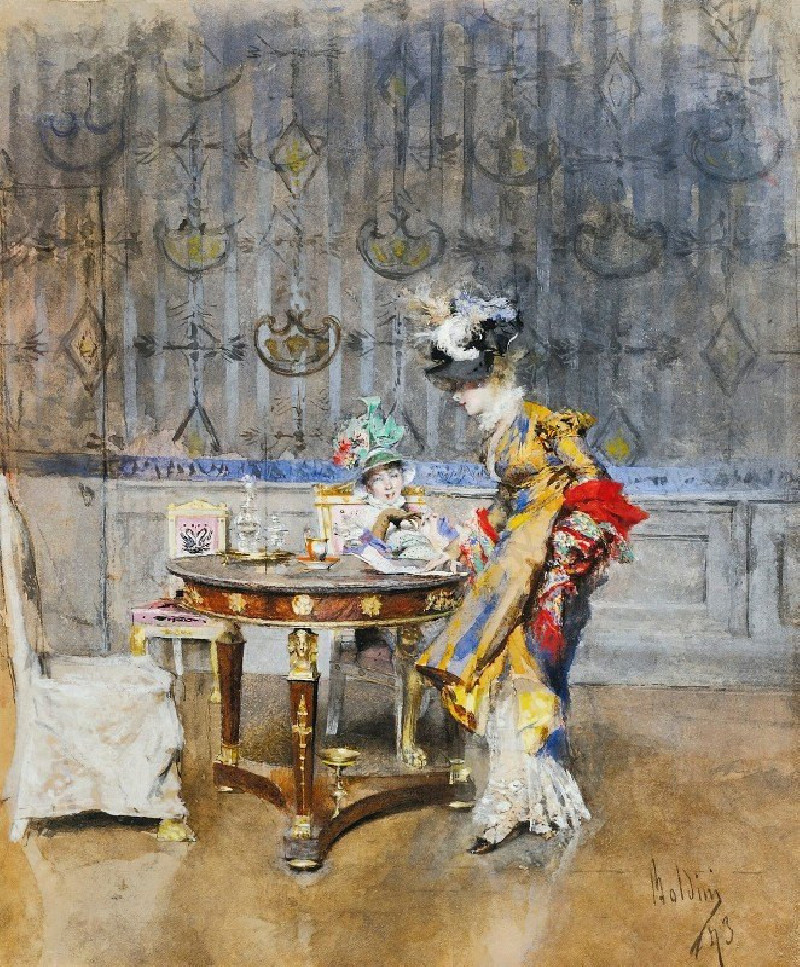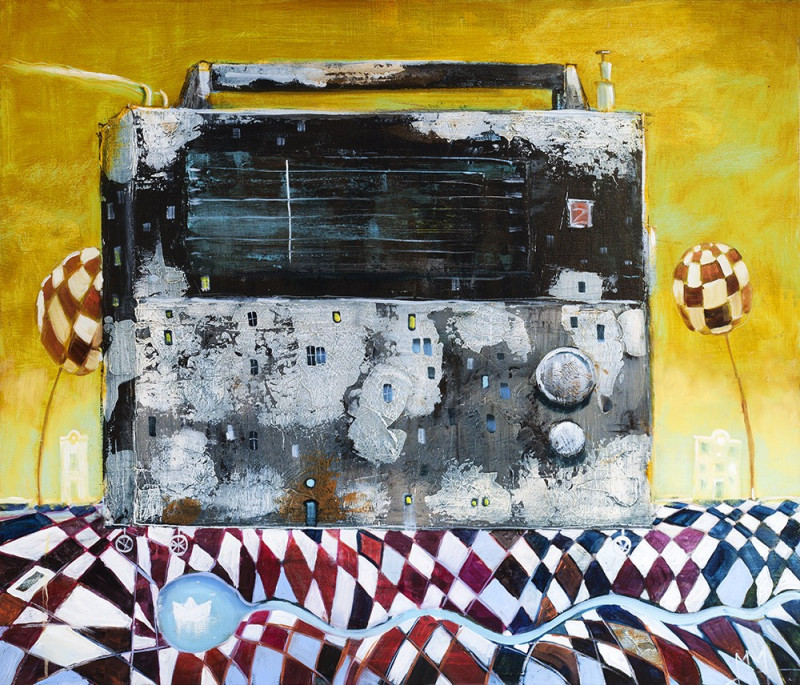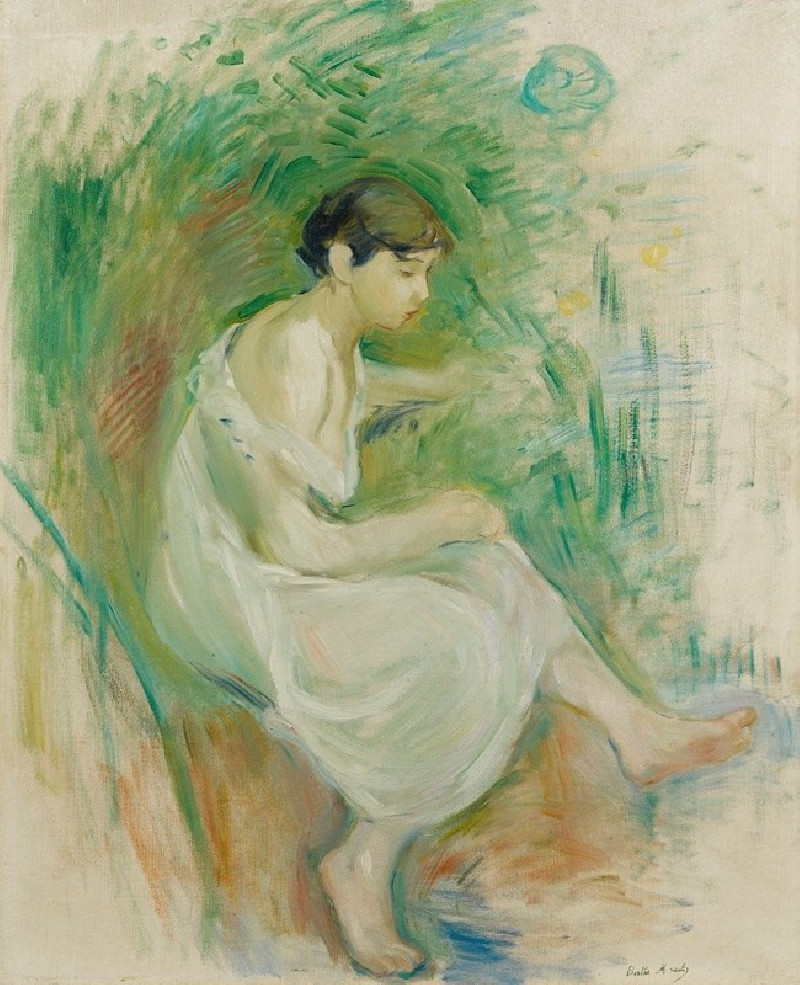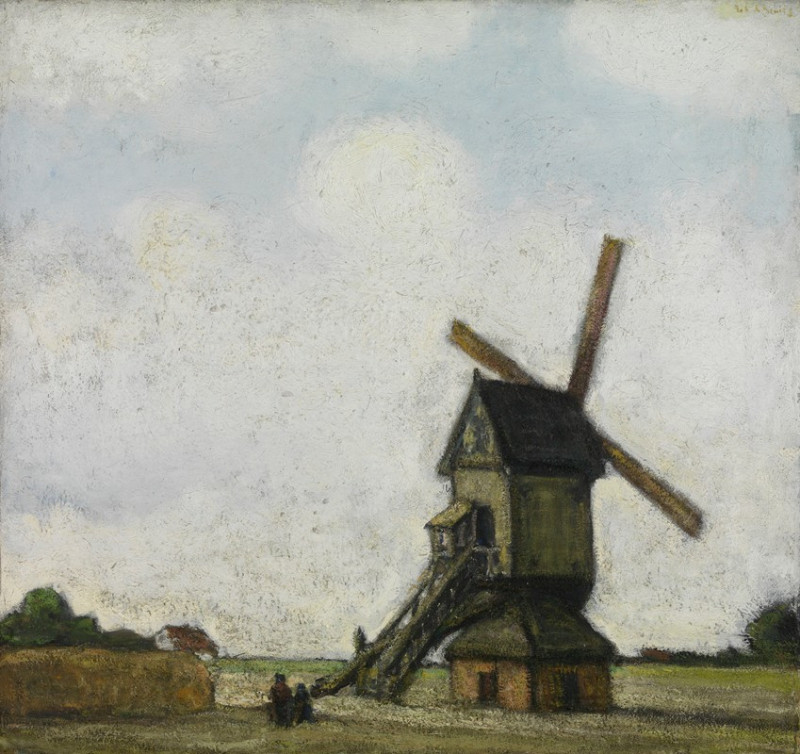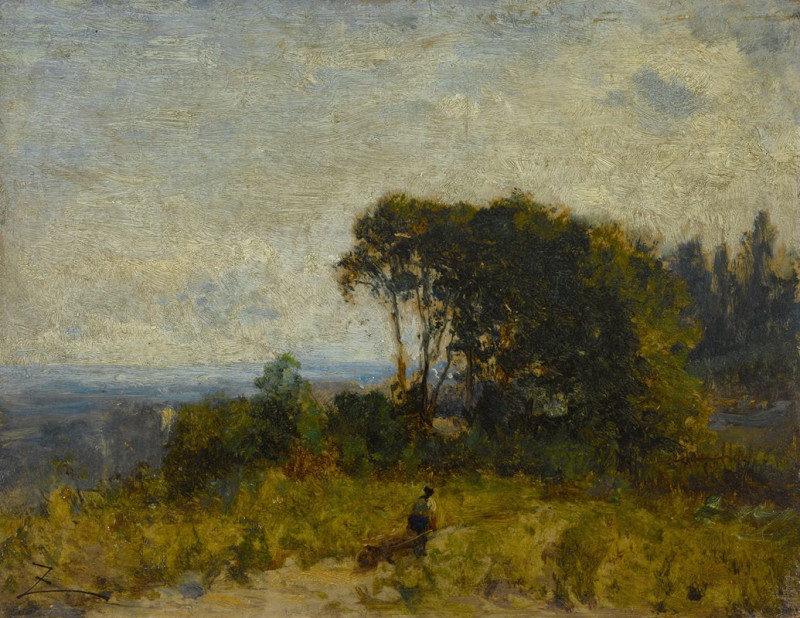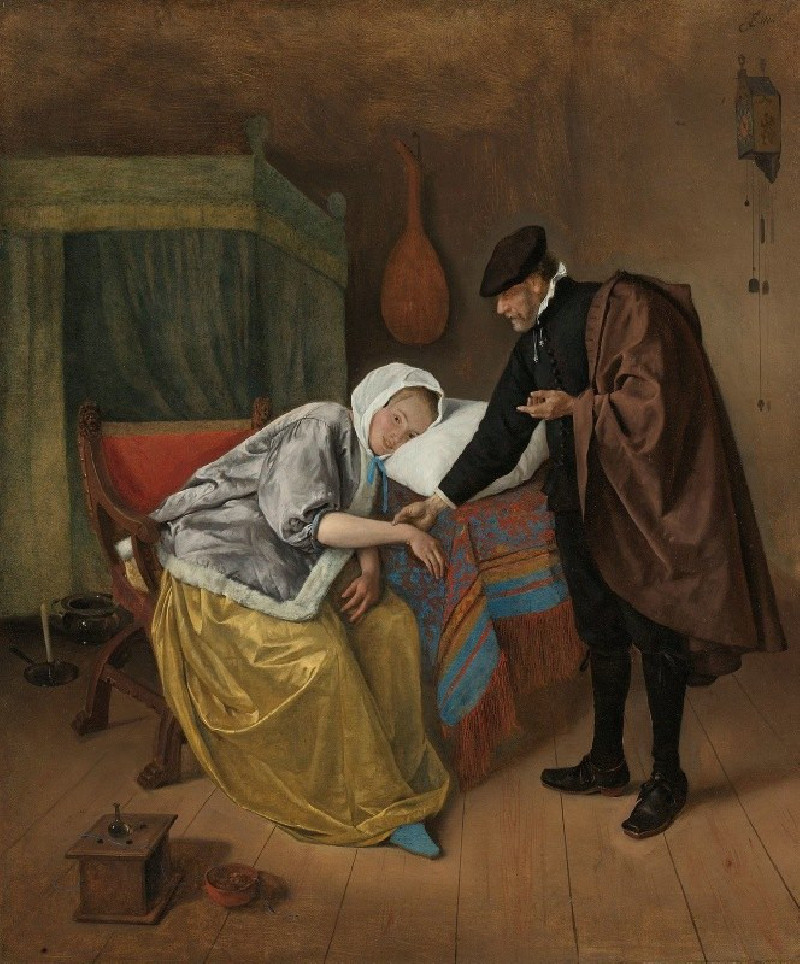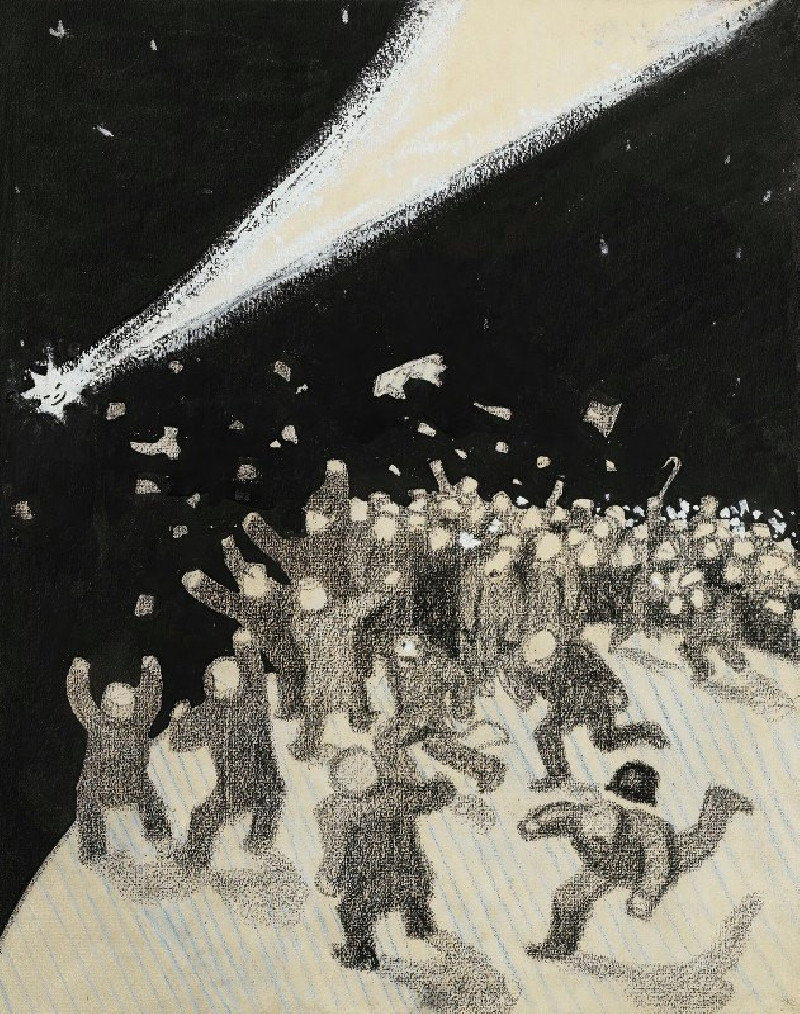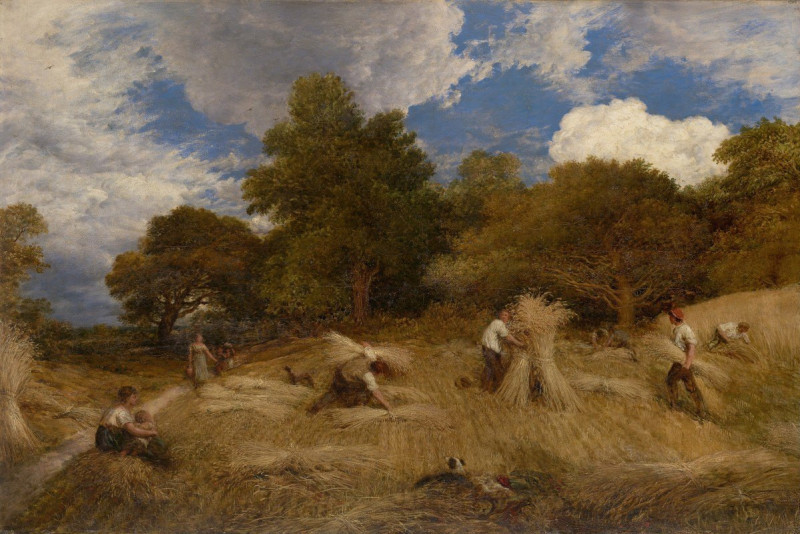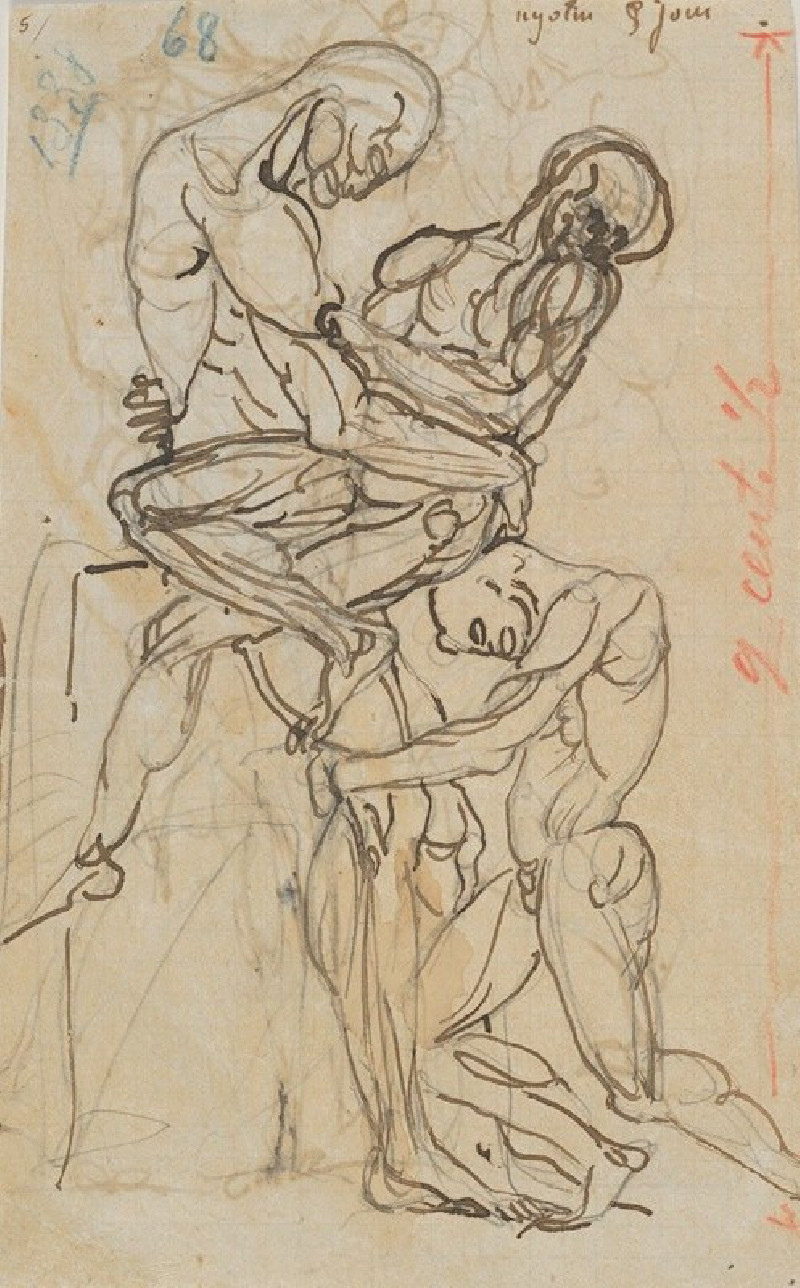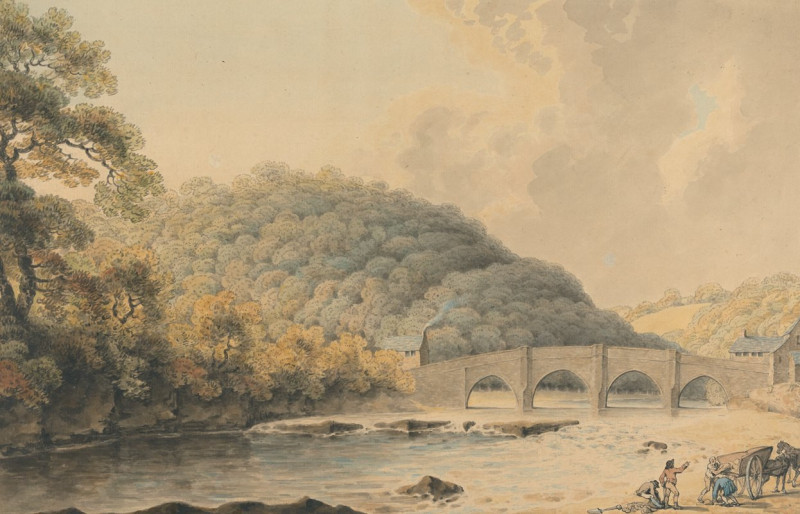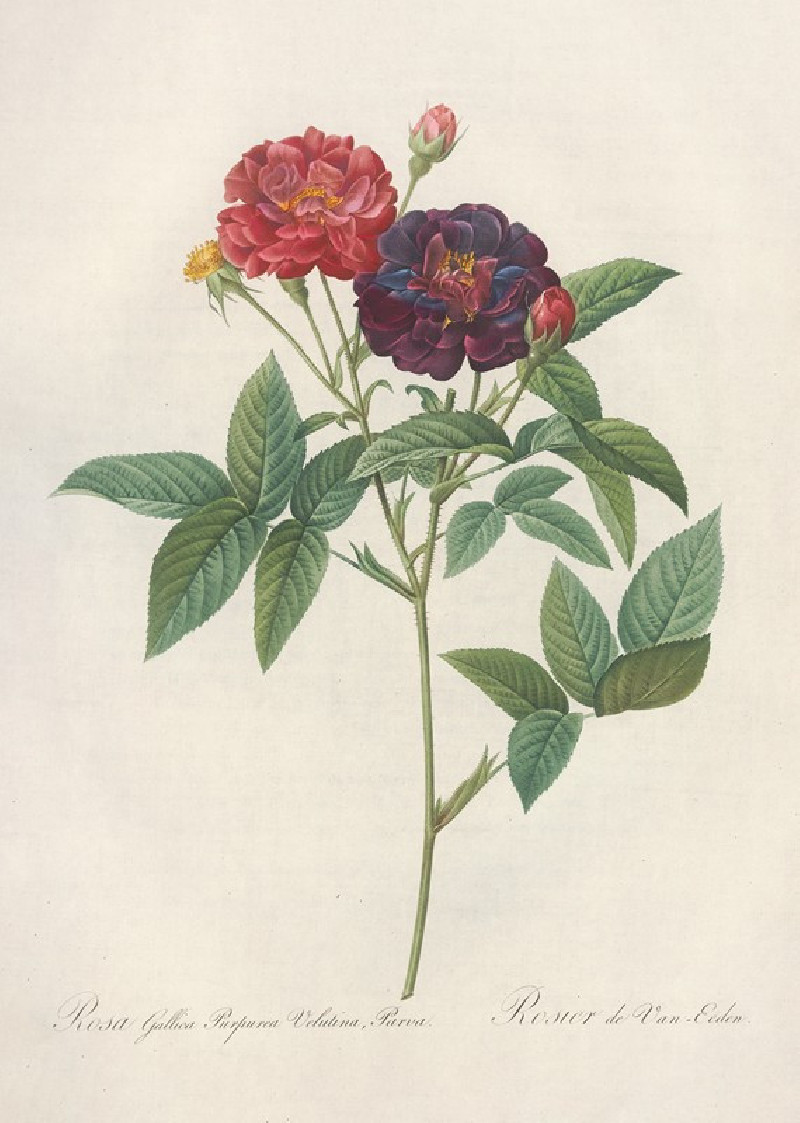Jalais Hill, Pontoise
Technique: Giclée quality print
Recommended by our customers
More about this artwork
"Jalais Hill, Pontoise" by Camille Pissarro is a vivid portrayal of a pastoral landscape, which beautifully captures the essence of rural life in the late 19th century. In this painting, Pissarro employs his masterful impressionist techniques to create a deeply atmospheric scene.The composition is dominated by a sweeping view of the Jalais Hill, under a spacious sky that carries billowing clouds suggesting a breezy day. Pissarro's use of perspective is inviting, with a dirt path leading from the foreground into the middle of the scene, guiding the viewer's eye through the painting. On the left, the path is bordered by rich, dense foliage and on the right by open fields.Central to the image are the structures nestled among the gentle slopes; white houses with dark roofs, accentuating their quaint and rustic charm. The scene is dappled with shades of greens and earth tones, reflecting the agricultural nature of the area.A woman, perhaps a local farmer or villager, stands near the edge of the wooded area to the right, her presence offering a human element that adds life and scale to the scene.Overall, Pissarro's "Jalais Hill, Pontoise" exemplifies the tranquil and picturesque qualities of French rural landscapes of the period, marked by his delicate brushwork and harmonious color palette.
Delivery
Returns
Blessed are they who see beautiful things in humble places where other people see nothing. — Camille Pissarro
Camille Pissarro (1830-1903) was born on St.Thomas (now the US Virgin Islands) to a Portuguese father and a Dominican mother. He went to Paris to study art at Ecole des Beaux-Arts. He was an early pioneer of pointillism and neo-impressionism and later became a mentor of many famous impressionist painters including Cezanne, Manet, Renoir, and Gauguin. His paintings depicted rural and urban French landscapes and lifestyle. Many of his works politically captured images of peasants and laborers. Today, he is considered the father of impressionism.

